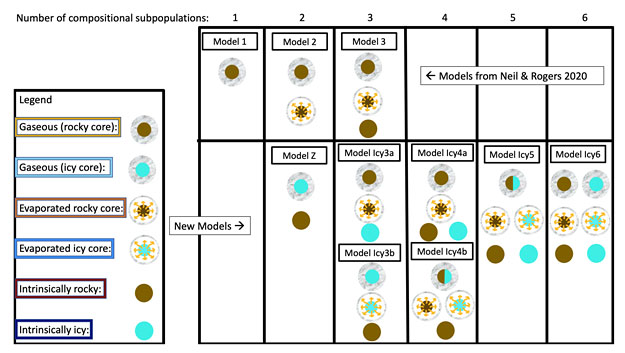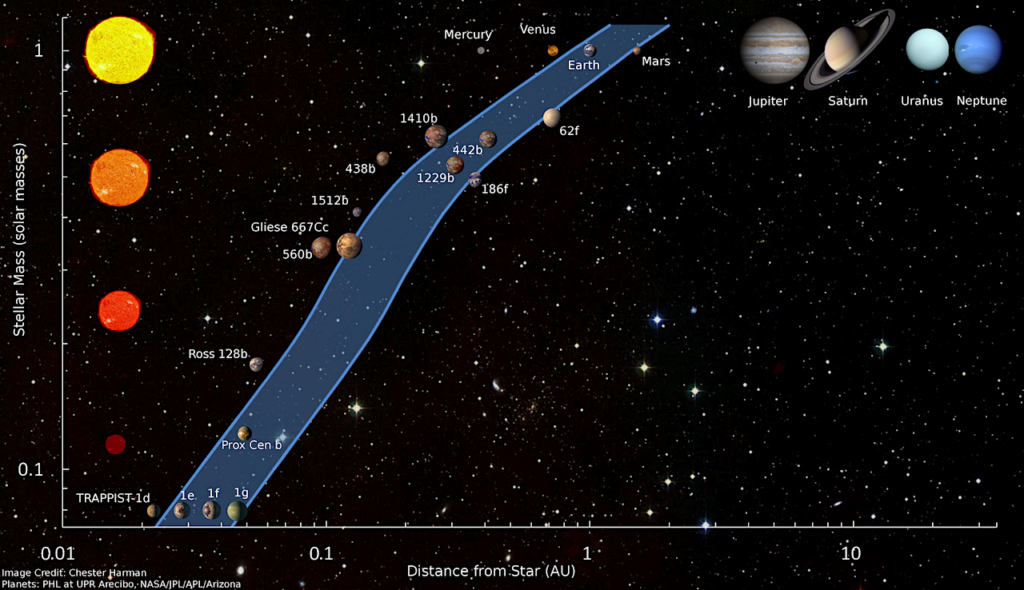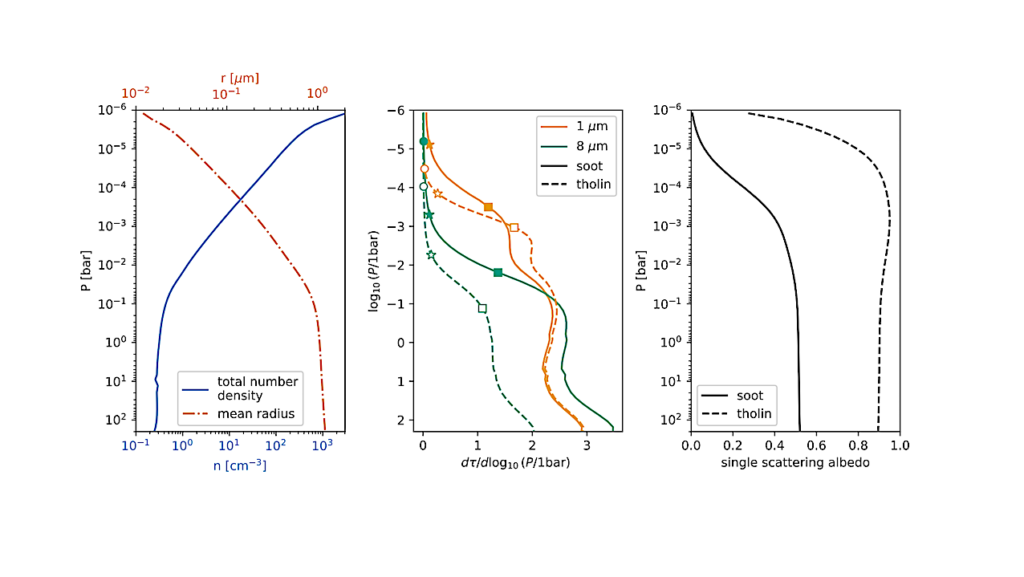Evaluating The Evidence For Water World Populations Using Mixture Models

Water worlds have been hypothesized as an alternative to photo-evaporation in order to explain the gap in the radius distribution of Kepler exoplanets.
We explore water worlds within the framework of a joint mass-radius-period distribution of planets fit to a sample of transiting Kepler exoplanets, a subset of which have radial velocity mass measurements. We employ hierarchical Bayesian modeling to create a range of ten mixture models that include multiple compositional subpopulations of exoplanets. We model these subpopulations – including planets with gaseous envelopes, evaporated rocky cores, evaporated icy cores, intrinsically rocky planets, and intrinsically icy planets – in different combinations in order to assess which combinations are most favored by the data.
Using cross-validation, we evaluate the support for models that include planets with icy compositions compared to the support for models that do not, finding broad support for both. We find significant population-level degeneracies between subpopulations of water worlds and planets with primordial envelopes. Among models that include one or more icy-core subpopulations, we find a wide range for the fraction of planets with icy compositions, with a rough upper limit of 50%. Improved datasets or alternative modeling approaches may better be able to distinguish between these subpopulations of planets.
Andrew R. Neil, Jessica Liston, Leslie A. Rogers
Comments: 31 pages, 10 figures, accepted for publication in ApJ
Subjects: Earth and Planetary Astrophysics (astro-ph.EP)
Cite as: arXiv:2205.00006 [astro-ph.EP] (or arXiv:2205.00006v1 [astro-ph.EP] for this version)
Submission history
From: Leslie Rogers PhD
[v1] Thu, 28 Apr 2022 22:49:23 UTC (2,752 KB)
https://arxiv.org/abs/2205.00006
Astrobiology








